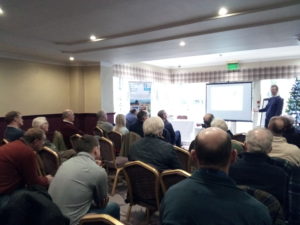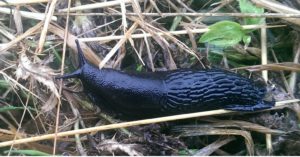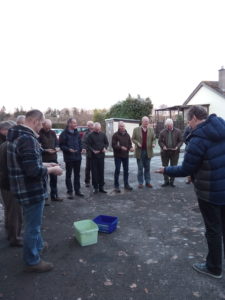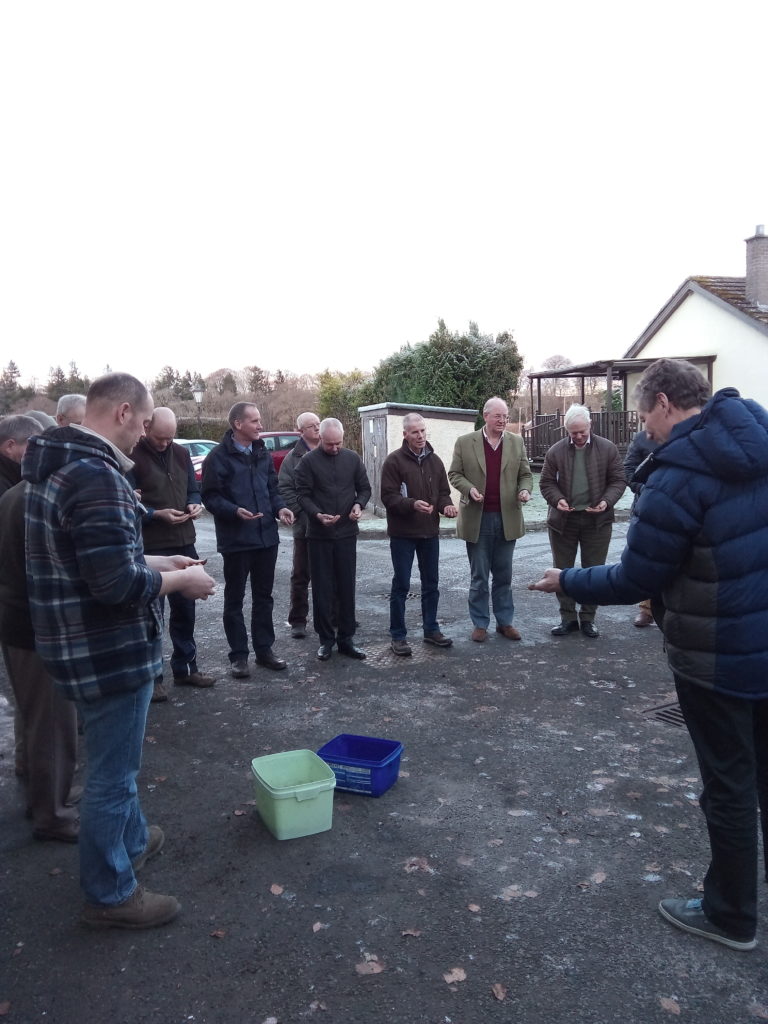Integrated Crop Management Roadshow: Perth – Event Summary
11 December 2017Integrated Crop Management – a more holistic approach that can benefit your farm yields
The Perth & Angus event of this roadshow was held at the Huntingtower Hotel during December. There were a range of speakers who discussed greening, slug and leatherjacket control and concluded with a look into soil health and quality.
Greening Update

Upcoming changes to existing EFA options as well as two new options to be introduced this year; EFA Hedges and EFA Agroforestry were discussed. The main changes include maintenance drainage will now be permitted in EFA fallow between 15th January and 15th March & EFA margins can now be grazed. You can read the presentation slides from this section of the event here.
The key take home messages from this section of the meeting included that maps of EFA areas are now mandatory rather than recommended as previously and all farmers were encouraged to keep their EFA’s simple!
Pest control
Dr Andy Evans, a pests specialist gave a detailed presentation on common pests and how best to implement an Integrated Pest Management plan.
Slugs
- Farmers were encouraged to assess the slug risk through the use of bait traps.
- When using slug pellets, ensure that the maximum dose is not exceeded.
- No metaldehyde pellets should be allowed to fall within a minimum of 10 metres of any field boundary or watercourse.
- Refer to the Slug Pellet Calculator which can calculate the methaldehyde dose that different products will administer.
- Leatherjackets are an increasing problem, in particular in 1st year cereals after ploughing grass, or pure grass leys in high rainfall areas or poorly drained soils
- Leatherjacket population forecasts will be released in Feb/March by SRUC and these will give an indication of the risk for that year.
- Cultivations reduce populations of leatherjackets by approximately 50%, so the use of ploughing, harrowing or rolling can all help to reduce their numbers.
Download Andy’s presentation slides for more details.
Soil Health & Quality
Dr Bryan Griffiths gave an interactive presentation on soil health/quality and why it is important. The value of measuring soil quality was highlighted and attention drawn to the abundance of information available on soil such as in the ‘Valuing your Soils Booklet’ and the ‘Visual Evaluation of Soil Structure’ guide and farmers were encouraged to link physical observation with soil sample analysis. You can read more about how to take a soil sample here and what the benefits to your business are of sampling here. Download Bryan’s presentation slides to learn more.
For more information on how to improve your soil health and to read what other farmers have done visit Farming For a Better Climate.
- Valuing Your Soils – Practical Guidance for Scottish Farmers
- This brochure includes useful information about Scotland's agricultural soils and practical advice outlining the upfront financial savings and business benefits of better soil management and the efficient use of resources. Action and problem-specific 'field-sheets' are designed for busy farmers with limited time for reading.
- Topics: Climate Change, Soils, Water Management and Crops and Soils
- Visual Evaluation of Soil Structure (VESS) Score Chart
- This is a downloadable copy of the Visual Evaluation of Soil Structure (VESS) score chart for use in-field.
- Topics: Soils
- Farming For A Better Climate: Practical Guide – Soil Management
- Topics: Soils
- Farming For A Better Climate: Practical Guide – Improving Soil Quality
- This Practical Guide concentrates on how we can improve soil quality to help us to adapt to climate change.
- Topics: Soils
- Farming For A Better Climate: Practical Guide – Alleviating Soil Compaction
- This Practical Guide gives some ideas on how to alleviate soil compaction.
- Topics: Soils
- Practical Guide: Soil sampling I – How to take a soil sample
- This practical guide details what is required to take a soil sample for analysis that is representative of the area sampled.
- Topics: Soils, Climate Change and Water Management
- Practical Guide: Soil sampling II – Benefits to your business
- This practical guide details how soil sampling can benefit businesses by increasing productivity and create efficiencies on fertiliser inputs through better nutrient planning.
- Topics: Soils, Climate Change and Water Management
- Practical Guide: Nutrient budgeting I – The Benefits to your Business
- This practical guide looks at the benefits of creating and using a nutrient budget for your farm business.
- Topics: Climate Change
- Practical Guide: Nutrient Budgeting II – Getting Started
- This practical guide looks at what factors you need to consider when making a nutrient budget for your farm, fertiliser recommendations and how to get the most out of your nutrient budget.
- Topics: Climate Change
- FAS Practical Guide to Managing Slugs & Leatherjackets
- This document looks at the problems of slugs & leatherjackets and how to control them.
- Topics: Climate Change and Crops and Soils
Sign up to the FAS newsletter
Receive updates on news, events and publications from Scotland’s Farm Advisory Service


